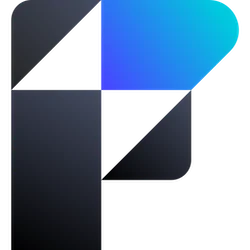Basic web development technologies
There are three mother technologies of web development, without which the websites we know today would probably not exist. We are talking about HTML, CSS and JavaScript.

HTML
The hypertext markup language. It consists of brands based on tags which, respecting a series of rules, will provide the most basic structure of the site to be developed.
Etiquetas HTML básicas
- <html> : defines the beginning of the HTML document, tells the browser that what follows should be interpreted as HTML code. Since in theory what defines the document type is the DOCTYPE, which means the word just after DOCTYPE the root tag.
- <script> : Embed a script in a web, or call one using src=”script url”. It is recommended to include the MIME type in the type attribute, in the case of JavaScript text/javascript.
- <head> : Define the header of the HTML document; This header typically contains information about the document that is not displayed directly to the user, such as the title of the browser window.
- <title> : Define the title of the page. Usually, the title appears in the title bar above the window.
- <link> : To link the site to style sheets or icons. For example:<link rel=”stylesheet” href=”/style.css” type=”text/css”>.
- <style> : To place the internal style of the page; either using CSS or other similar languages. It does not need to be placed if it is to be linked to an external file using the <link> tag.

CSS
CSS (acronym in English for Cascading Style Sheets), in Spanish “Cascading Style Sheets”, is a graphic design language to define and create the presentation of a structured document written in a markup language. It is widely used to establish the visual design of web documents, and user interfaces written in HTML or XHTML; the language can be applied to any XML document, including XHTML, SVG, XUL, RSS, and so on. Along with HTML and JavaScript, CSS is a technology used by many websites to create visually appealing pages, user interfaces for web applications, and GUIs for many mobile applications (such as Firefox OS).

JavaScript
JavaScript (commonly abbreviated JS) is an interpreted programming language, a dialect of the ECMAScript standard. It is defined as object-oriented, prototype-based, imperative, weakly-typed, and dynamic.
It is mainly used on the client side, implemented as part of a web browser achieving user interface improvements and dynamic web pages and JavaScript on the server side (Server-side JavaScript or SSJS). Its use in applications external to the web, for example in PDF documents, desktop applications (mostly widgets) is also significant.












